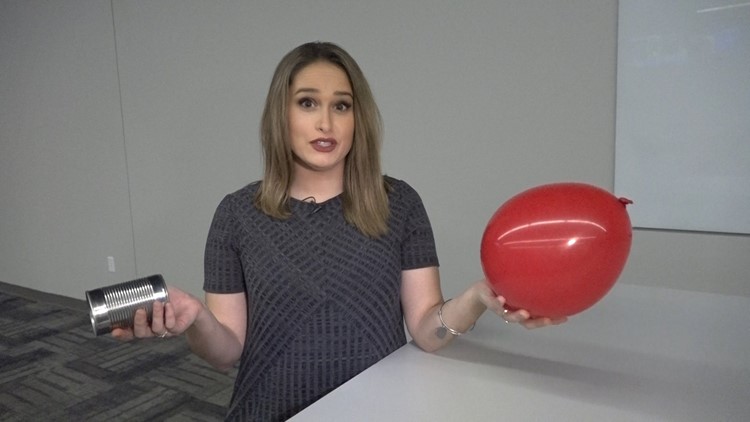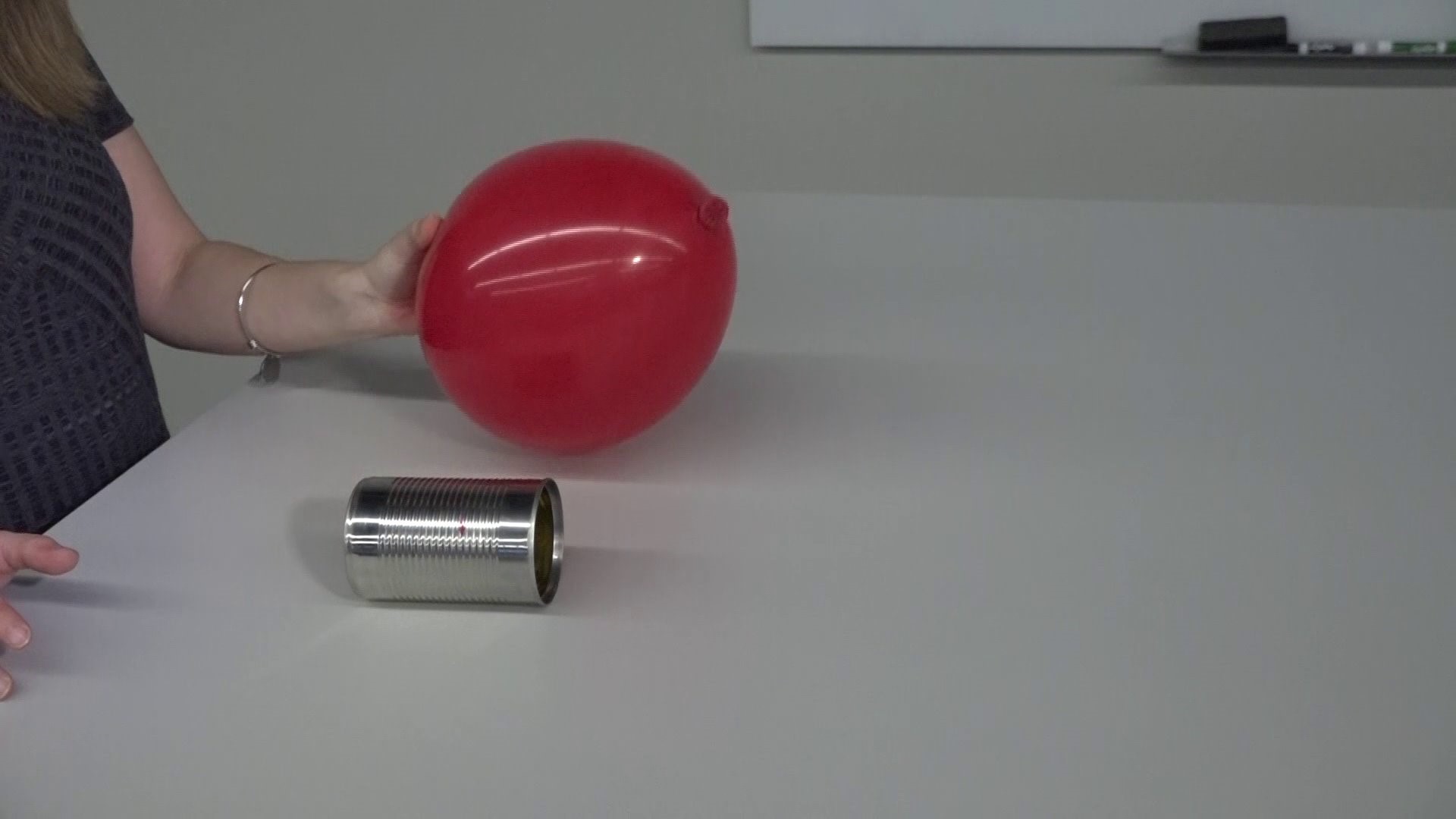Winter months mean cold and dry weather. We know that leads to static electricity. You touch a door handle, and zap! You get a tiny shock. Meteorologist Sabrina Bates explains why that happens in this week’s Science With Sabrina.
It all begins with matter. Small atoms are broken up into tinier pieces: those are neutrons, protons, and electrons. Protons are positively charged. Electrons are negatively charged.
Most objects we come across are electrically neutral. That means the protons and neutrons balance out.
Sometimes we get an electrical shock when there is an imbalance between the two. This usually happens when there's friction or rubbing between objects.
Let's say you rub your feet across a carpet. There's friction between your shoes and the rug. All of the negative charges from your body will attach to the carpet.
You become positively charged. static buildup happens. When you touch something metal, all of the negative charges on that metal jump to you to restore balance.
The same thing happens with a tin can and a balloon. By rubbing a balloon on my head, negative charges build up on the balloon. The tin can is a metal and has positive charges. I'm able to pull the light object towards the balloon since it wants to restore balance.
We see this happen more often in winter because of a lack of humidity. Water vapor allows any charge build up in our bodies to dissipate in the air. Static electricity is worse in winter if your clothes are made of wool or artificial fibers.
Segment Sponsored By: Sylvan Learning
-Sabrina




